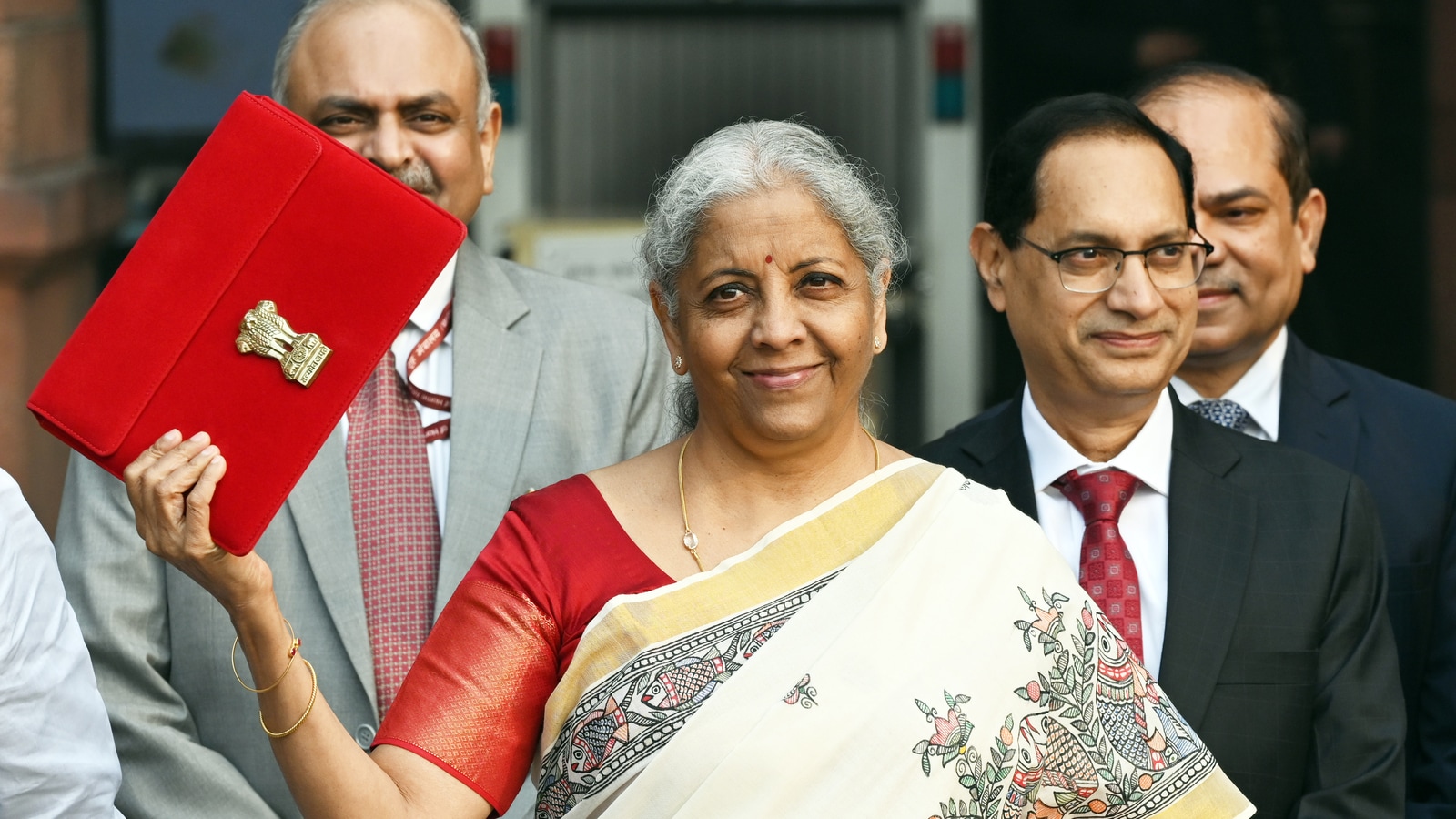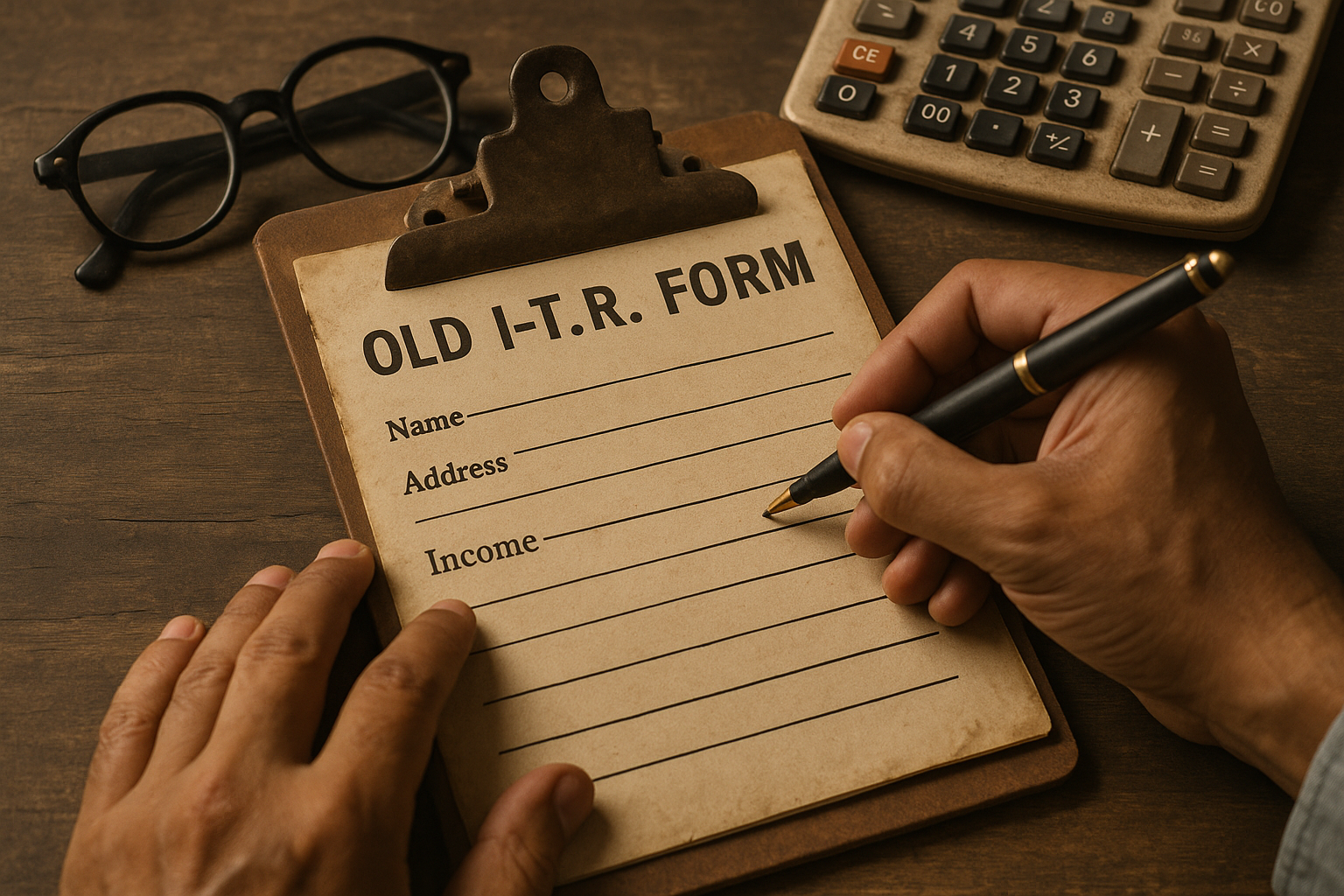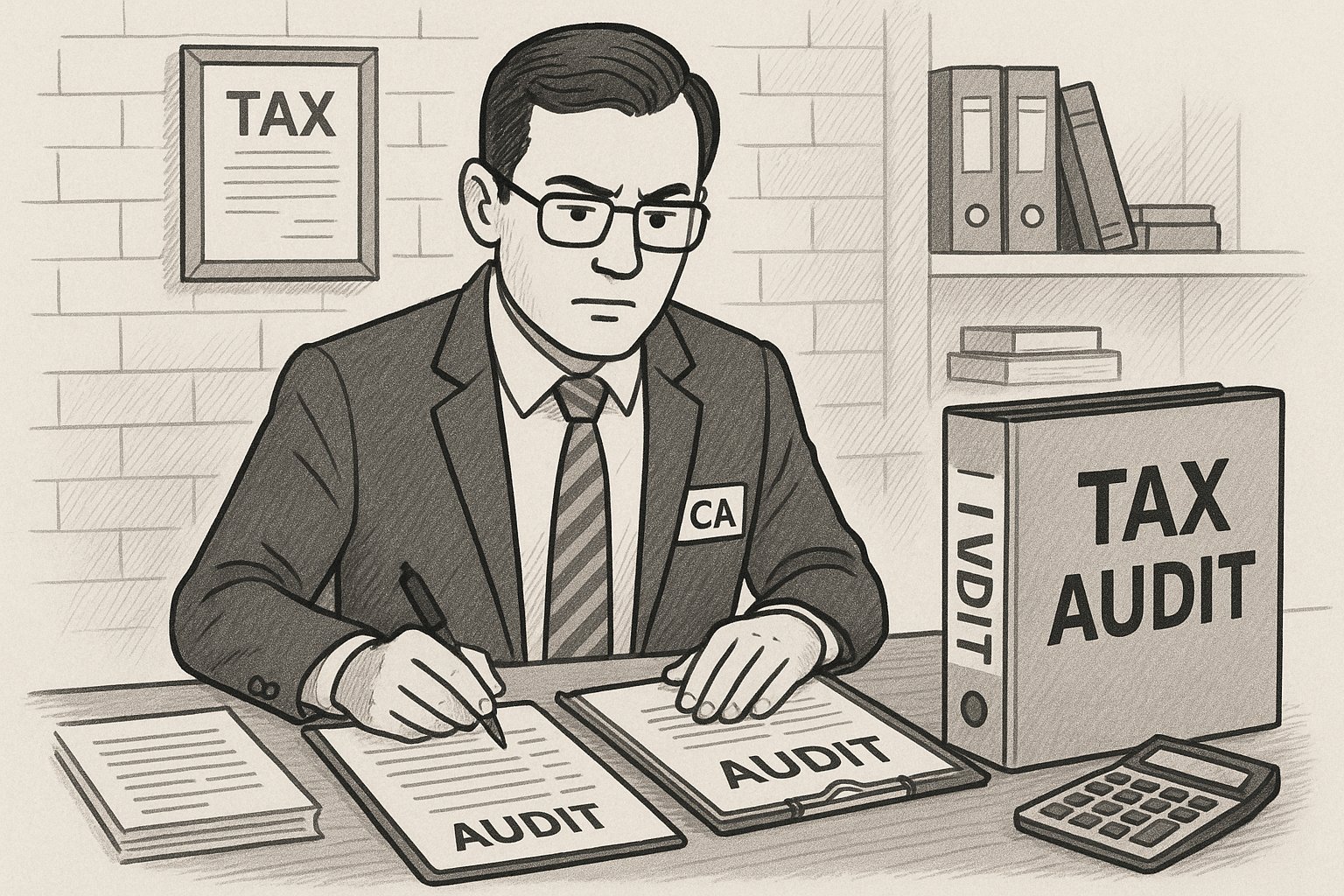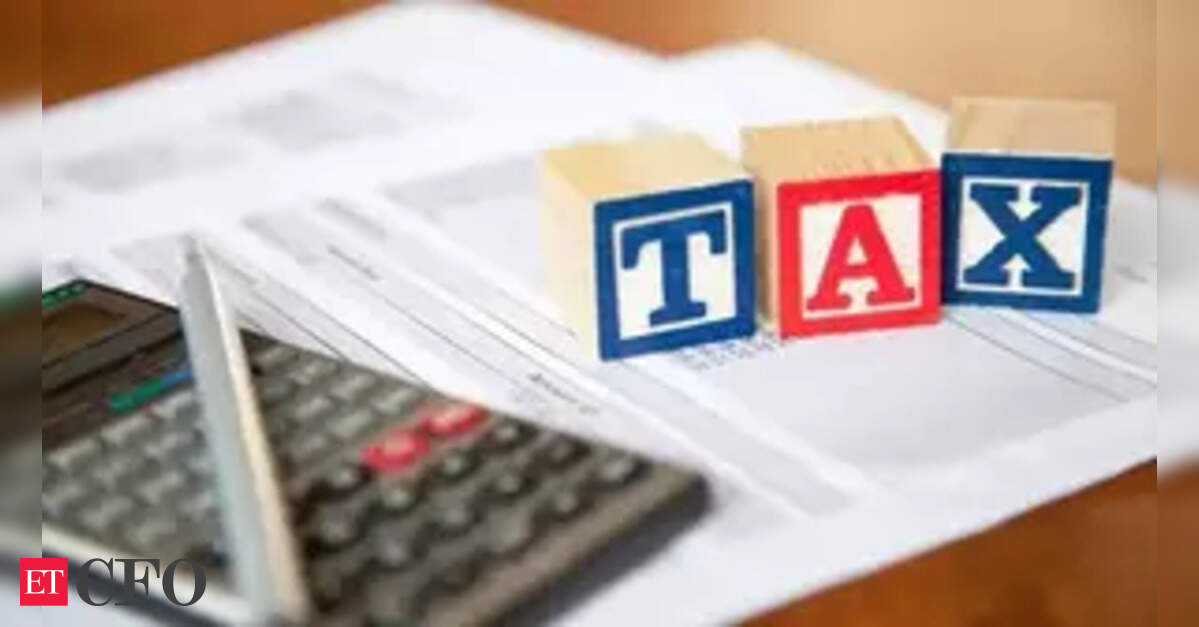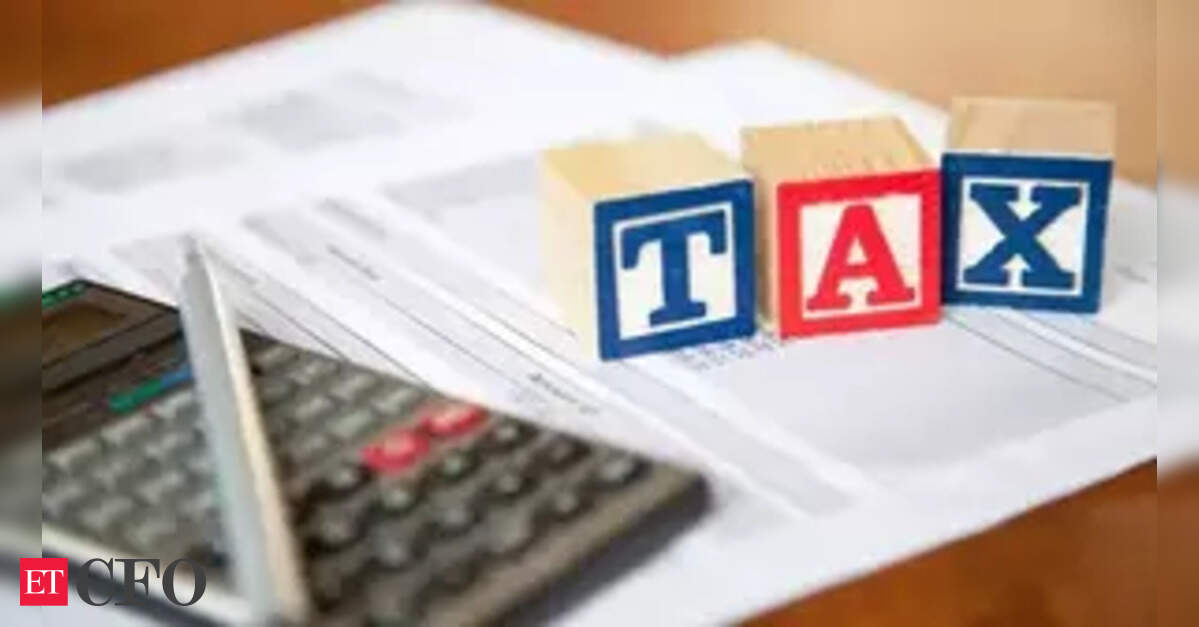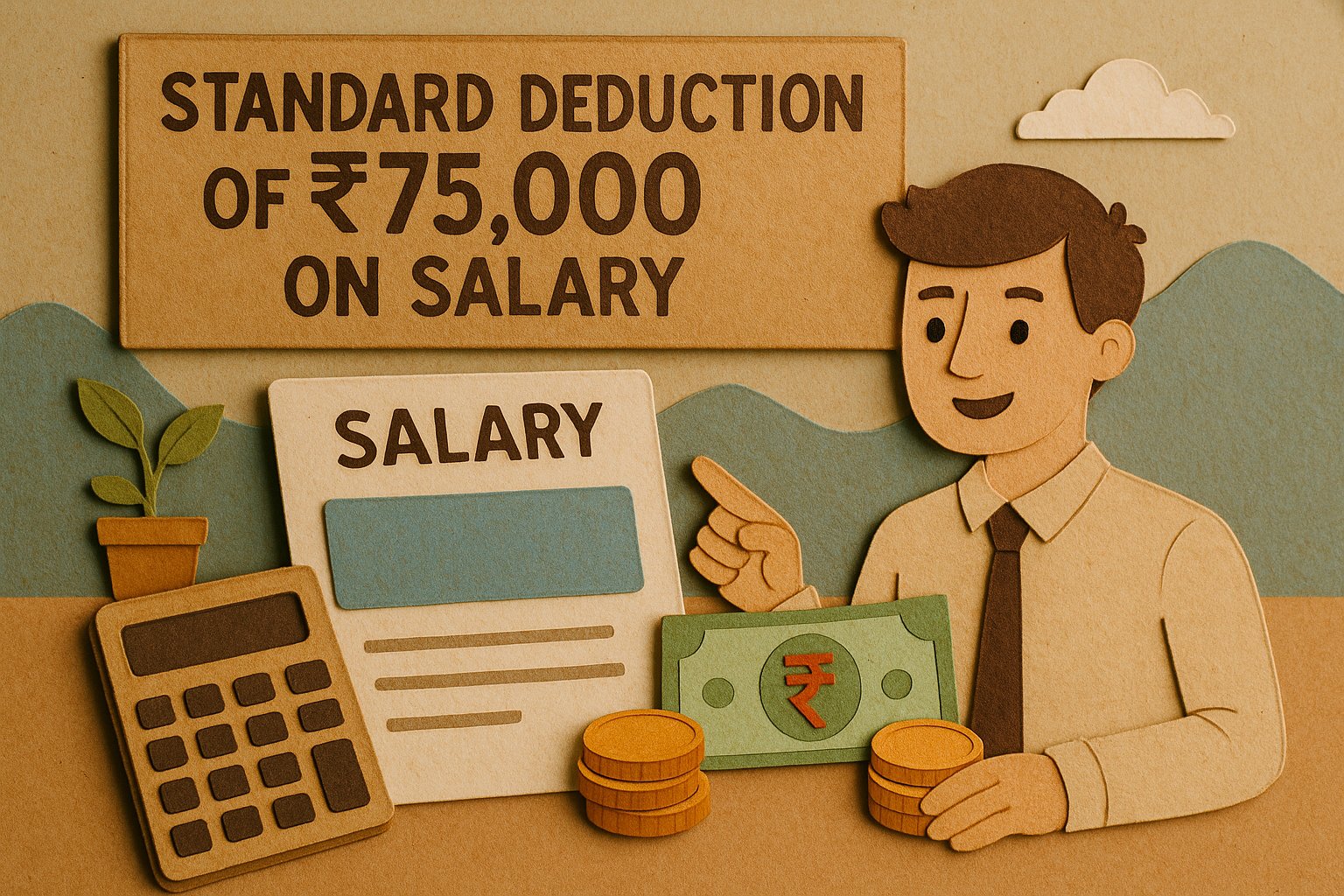Rate this post
Union finance minister Nirmala Sitharaman introduced a slew of changes while presenting the Budget for financial year 2025-26 on February 1, 2025. Chief among the changes was no tax for people earning up to ₹12 lakh annually.
But what are the other important changes that she announced? Read on to know:
Here are 10 things every taxpayer must know about the Budget 2025(Sanjeev Verma/ Hindustan Times)
- Tax slabs: The government rationalised income tax slabs under the new tax regime in order to provide relief to the middle class. As per the new slabs, individuals earning between ₹0-4 lakh annually are eligible to pay nil tax; those earning ₹4-8 lakh annually must pay 5% tax. The government has set 10% tax rate for annual income of ₹8-12 lakh, 15% tax rate for ₹12-16 lakh annually, 20% tax rate for ₹16-20 lakh annually, 25% for ₹20-24 lakh annual income and 30% tax rate for those earning above ₹24 lakh/annum.
- Tax rebate: It has also been enhanced from ₹25,000 to ₹60,000 for those availing the new tax regime. This change is not applicable for NRIs.
- House occupation: The government now also allowed taxpayers to claim two houses as ‘self-occupied’. This is irrespective of whether the taxpayers actually live in the two houses or not.
- TCS: The threshold for tax collected at source (TCS) on overseas remittances under the Liberalised Remittance Scheme (LRS) has also been increased from ₹7 lakh to ₹10 lakh.
- Remittances for education: TCS will not apply to remittances made for educational expenses. This applies to cases where the remittances are sourced from a loan taken from a specified financial institution. TCS on such transactions was earlier set at 0.5% if they exceeded ₹7 lakh in value.
- Tax return filing: Taxpayers can now file updated tax returns within 48 months, up from the earlier time limit of 24 months, but with still additional tax and interest aggregating to 70%.
- Tax deduction extension: Tax deduction under old tax regime for own contribution worth ₹50,000 to National Pension Scheme has been extended to contributions made in the name of minors under NPS Vatsalya scheme.
- TDS limit on interest income: The limit of tax deducted at source (TDS) on interest income for senior citizens has also been increased from ₹50,000 to ₹1 lakh. For other taxpayers, the limit has been increased from ₹40,000 to ₹50,000.
- TDS on rent by non-individuals: Cente has increased the threshold limit on rent paid by non-individuals (such as corporate tenants) from ₹2.4 lakh per annum to ₹50,000 per month. This facility extends to ₹50,000 paid for even part of a month.
- TDS on income from dividends, MFs: The threshold limit of TDS on income from dividends and mutual funds has been increased from ₹5,000 to ₹10,000.
Visit www.cagurujiclasses.com for practical courses
Post Views: 1,744
